- Solar Run >
- Solar Guide >
- Types of Solar Energy Panels: A Quick Guide
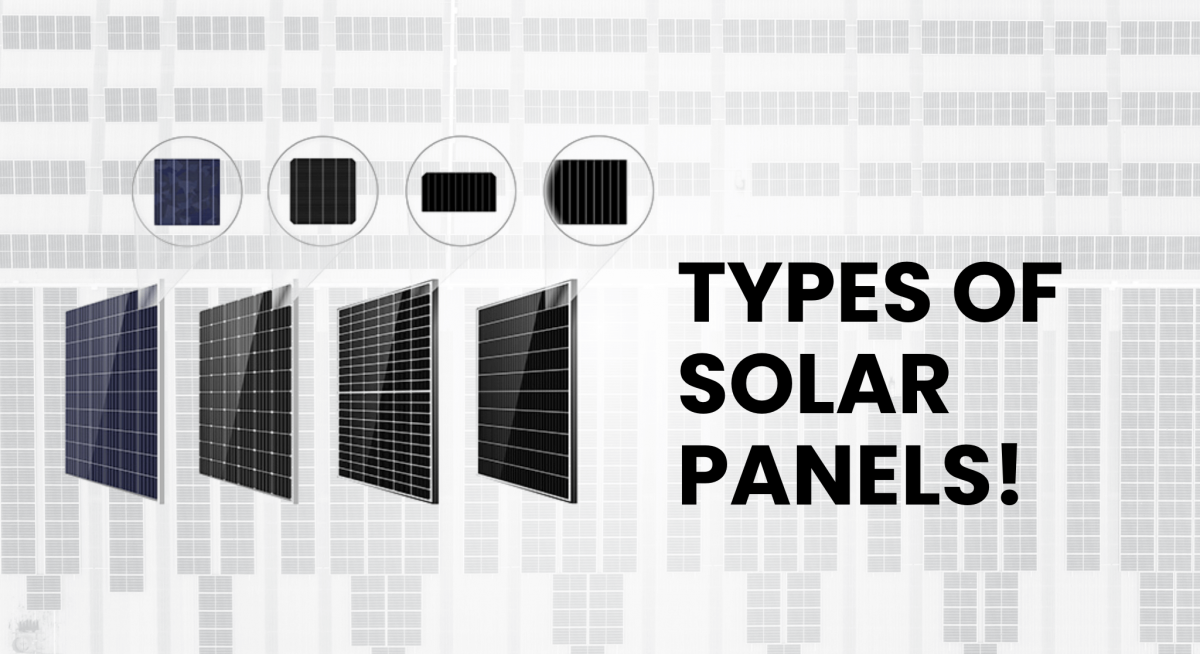
Solar energy panel technology has reached a new height in the last couple of years, and with new technology, comes new ingenuity. There isn’t necessarily a “one-size-fits-all” type of solar panel, but there are many types that are utilized in various ways.
The most commonly used/created solar panels will always be residential solar panels, but there are variants of that as well. Accordingly, there are commercial-grade solar panels that are used to power buildings, cities, and are used in solar farms.
In this article, we will go into detail about the various types of solar panels and the abilities of each one. The major types of solar panels are monocrystalline, half-cell solar panels, bifacial solar panels, and shingled cell solar energy panels.
Monocrystalline solar panels have cells that are made of silicon wafers. These wafers are assembled into rows and form a rectangle, which is then covered with a glass sheet.
Generally, solar panels that are lined with black cells are monocrystalline solar panels. Since it’s a singular cell sheet, the cells appear black because of how light interacts with the pure silicon crystal.
Certain companies, such as SunPower, have lined the backs of their monocrystalline solar panels with a copper support board, which helps with the durability of cells, as well as the retention rate of the solar energy that enters the cell.
Monocrystalline solar panels generate a considerable amount of energy while having the highest efficiencies and power capacity out of all three types of solar panels. Monocrystalline solar panels usually have efficiencies of 20% or higher. Monocrystalline solar panels are generally larger in size as well, with many monocrystalline solar panels within the 300 watts to now exceeding 400-watt panels.
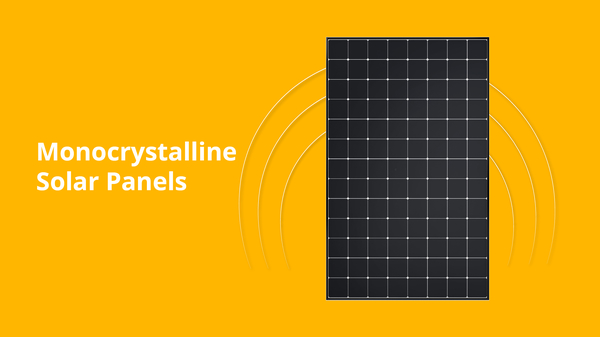
As their name suggests, half-cut cell solar panels have solar cells that are cut in half. The reasoning behind this type of solar panel technology is the fact that cells improve the module’s overall performance and durability.
Because these solar cells are halved, their outputs are also halved, meaning that they have less resistive losses which allow for the cells to generate more power. Imagine your roof tiles for example. Rather than have one giant roof shingle for each section of your roof, you use many smaller titles in order to reduce the overall mechanical stress of the roof. This leads to a longer-lasting roof while decreasing the breakage level for each tile.
The half-cut solar cells operate with the same fundamental mechanics, which allows them to last longer than traditional solar panels. Half-cell modules also allow for more energy to be produced in low-light or partially shaded environments. Over time, this leads to a higher level in power production and more efficiency than their full-cell counterparts.
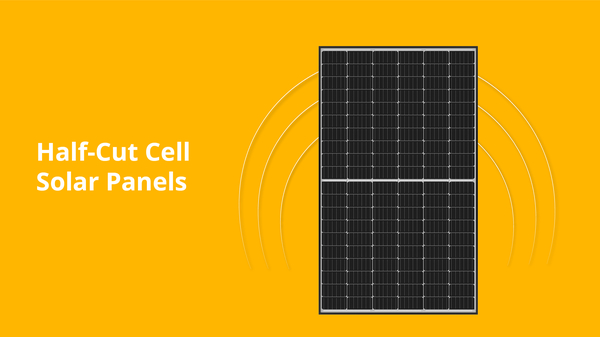
Bifacial solar panels are able to absorb solar power from both sides of the panel. Bifacial solar panels are generally installed on a highly reflective surface, and some bifacial module manufacturers suggest that there is a 30% increase in power production from the backside reflection of light alone.
Many bifacial solar panels use monocrystalline cells, but there are polycrystalline designs as well.
Some are considering bifacial solar panels to be the future of the solar industry. You can double the amount of energy production without removing the absorbing power of the mono/polycrystalline solar cells. There is a higher energy yield, with better low-light performance as well.
If you’re looking for the future of solar power panels, bifacial panels might be the next big thing.
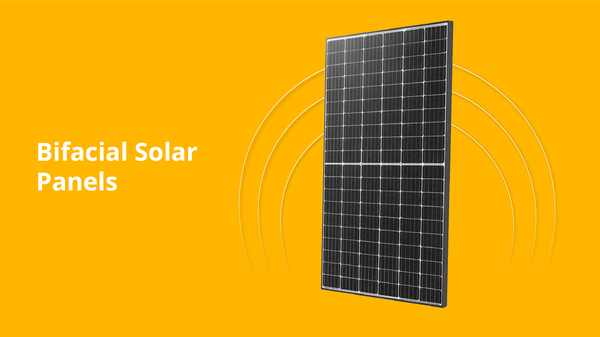 Shinged Cell Solar Panels
Shinged Cell Solar PanelsShingled cell solar panels are the latest and greatest in terms of new efficient solar module technology. Shingled solar panels have cells that are cut into 5 or 6 strips. They are then overlaid, much like how roof shingles are. These overlays form electrical connections and are joined together using an electrically conductive adhesive to allow for better conductivity and flexibility.
These types of solar panels don’t need to have busbars, and they have no gaps in between cells. Additionally, they generate more power per square meter. Due to the fact that the cells are exposed to more sunlight, they can produce more energy than conventional solar panels.
The downside is that these shingled cell solar panels are the most expensive out of all the types of solar panels, so make sure to take that into consideration.
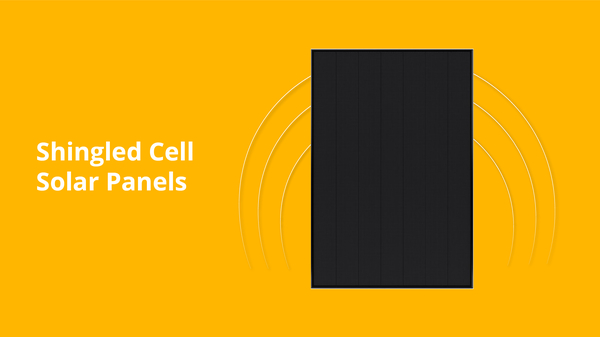
Due to the very nature and material composition, N-type cells offer higher performance through having a greater tolerance to impurities and lower defects which increases overall efficiency. In addition, n-type cells have greater temperature tolerance compared to both mono and multi P-type cells. More importantly, n-type cells do not suffer from the issues of LID (light-induced degradation) due to the boron-oxygen defects which are a common issue with p-type cells doped with Boron.
Lower impurities in N-type substrate
Improved high-temperature performance
Lower light-induced degradation – LID
You see, the best type of solar panel for you might not be the best type for another person – all of them are on a spectrum, and have different benefits.
Monocrystalline solar panels are the most powerful and will give you the most energy and return on investment. They are strong, efficient, and easy on the eyes. However, they are the most expensive and heavy. If you can afford them, they will be a great addition to your home and your energy-saving needs.
Half-cut cells allow for more flexibility in the way installers install your solar panels, and can efficiently absorb sunlight in any situation.
Bifacial solar panels are made to absorb energy on both sides of the panel, which means greater energy absorption in the longer run, which means more power for your Australian home. However, it can be a bit troublesome to install and can be a little more expensive than conventional solar panels.
Shingled solar panels produce the most power, and because of the fact they have no gaps between their solar cells, they are the most efficient in terms of energy absorption from a single-sided cell. However, they are the most expensive type of solar panel out there, so if you want the deluxe in power contribution while spending a higher premium, they are your best bet.
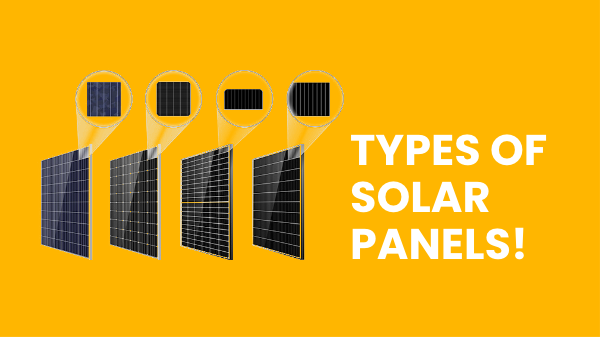
In conclusion…
If you’re looking for the standard level of power and durability, go for monocrystalline solar panels. If you need additional flexibility in your energy production from your solar panels, half-cut cells will help you in low-light and shaded regions on your roof.
Bifacial cells absorb a lot of energy, and can efficiently produce usable energy for your home while maxing out the amount of space you have on your roof. Bifacial is mainly used in solar farms as it needs to be able to collect light from the rear of the panel, this is not really a domestic panel. Shingled cell solar panels may be the most expensive, but they absorb an absurd amount of sunlight and can give you the most power in comparison to all of the other solar panels.
We hope that this article helps you decide on which solar panels are better for you and your family.
Until next time!
We are available! Have a question? Text us here.
 Text Us
Text Us
Some truly nice and utilitarian information on this internet site, as well I think the style and design holds good features.
Thanks for sharing excellent informations. Your web-site is so cool. I am impressed by the details that you have on this site. It reveals how nicely you perceive this subject. Bookmarked this website page, will come back for extra articles. You, my pal, ROCK! I found just the info I already searched all over the place and simply couldn’t come across. What an ideal website.